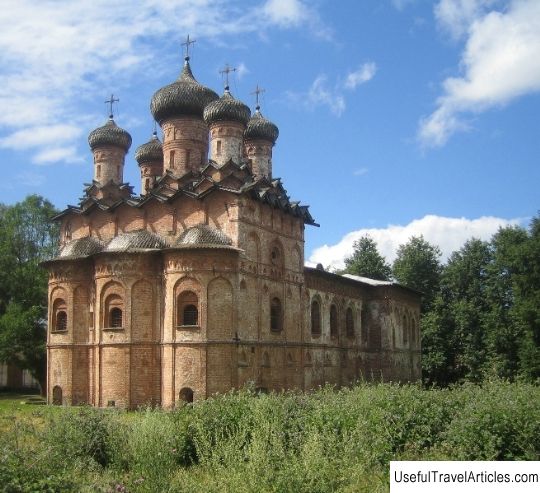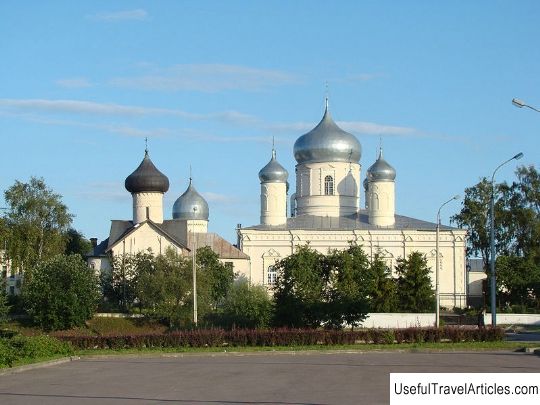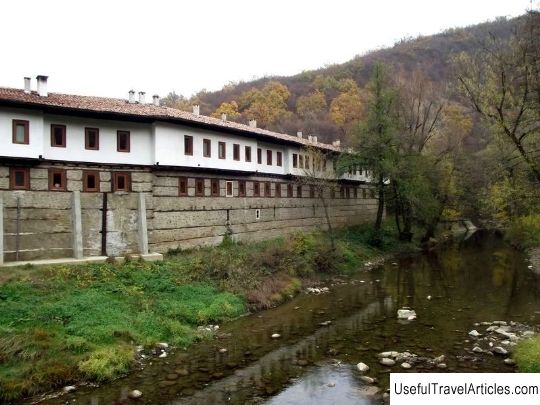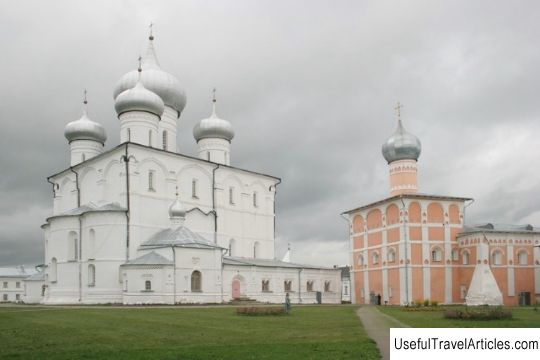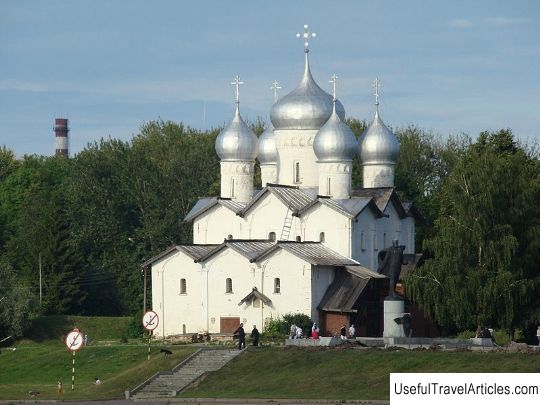Antoniev Monastery description and photos - Russia - North-West: Veliky Novgorod
Rating: 8,0/10 (1478 votes) 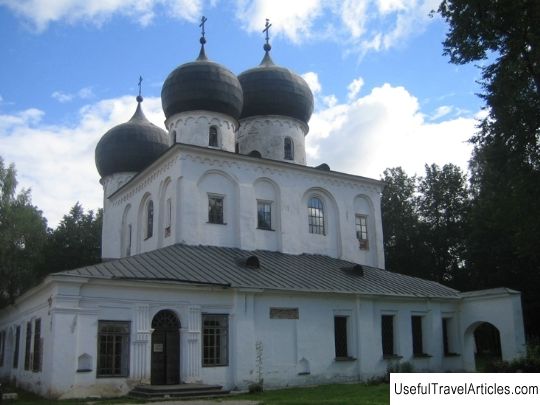
Antoniev Monastery description and photos - Russia - North-West: Veliky Novgorod. Detailed information about the attraction. Description, photos and a map showing the nearest significant objects. Photo and descriptionThe Antoniev Monastery was founded at the beginning of the 12th century. Its cathedral belongs to the oldest churches in Novgorod. The life of St. Antonia tells that he was born in Rome. Being left an orphan early, he distributed his wealth to the poor, and the remaining jewelry, gold and silver things and church items he corked in a barrel and put it into the sea. He himself retired on a rock by the sea and lived there for a year and three months. But one day the stone on which he prayed came off and miraculously sailed across the Neva and Lake Ladoga, to Volkhov and ended up in Novgorod. It was on the night of Christmas in 1106. At the place where he landed on the shore, the Monk Anthony the Roman built a monastery. A year later, he asked the fishermen to throw nets into the Volkhov for an ingot of silver, and miraculously, the net pulled the barrel of Anthony's treasures to the shore, thrown into the sea in Italy. So, says the legend, and it is difficult to believe her, but in the cathedral of the monastery, six enamel icons with Latin inscriptions hang over the relics of Anthony. Such icons are not found in Novgorod and in Russia in general, and the legend says that they belong to the treasures of Anthony, who sailed to him in a barrel by sea ... The monastery burned several times, was rebuilt again, was plundered by the Poles in the beginning of the 17th century. Now the monastery complex includes, in addition to the Nativity Cathedral with its late extensions, the monastery wall with passable arches, the Rector's and Treasury buildings (XVII-XIX centuries) and the Church of the Meeting with a refectory (XVI century). In 1117 the construction of the Nativity Cathedral began. According to the plan and general solution, it was typical of its time: four-pillar, with a narthex, a stair tower, three-headed completion. But instead of heavy cross pillars, T-shaped and octagonal pillars were used, which is very important for the interior of a small church; the stair tower is round, not rectangular; the choir is wooden, not stone. The monumental paintings, which appeared in 1125, represent the most significant in volume and original in style ensemble of Novgorod frescoes of the 12th century. The most impressive scene is the Annunciation and the half-figures of four healers - Frol, Laurus, Cyrus and John, located on the western faces of the eastern pair. The temple was the burial vault of Novgorod boyars, archbishops, governors and others. The largest Novgorod boyars, the Alfanov brothers, were buried in it, torn to pieces by the people during the riots of 1609. Mikhail Tatishchev, Prince Vasily Ivanovich Odoevsky, who died in 1612, steward Saltykov,        We also recommend reading Sullivan's Cove description and photos - Australia: Hobart (Tasmania) Topic: Antoniev Monastery description and photos - Russia - North-West: Veliky Novgorod. |
